

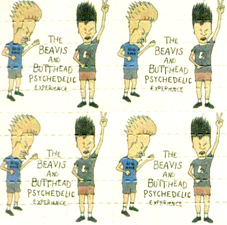 Lysergic acid
diethylamide, better known as LSD helped make the sixties what it was.
Lysergic acid
diethylamide, better known as LSD helped make the sixties what it was.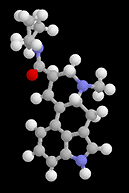
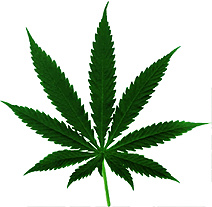 Marijuana, a drug with many nicknames, has been used by humans for
thousands of years. It can be consumed in countless methods.
Marijuana, a drug with many nicknames, has been used by humans for
thousands of years. It can be consumed in countless methods. During the sixties, as people were trying to find new ways to explore
pleasure and ways of bringing it about, marijuana became an obvious
choice. Despite the fact that it was illegal, many people were willing to try
this amazing substance.
During the sixties, as people were trying to find new ways to explore
pleasure and ways of bringing it about, marijuana became an obvious
choice. Despite the fact that it was illegal, many people were willing to try
this amazing substance.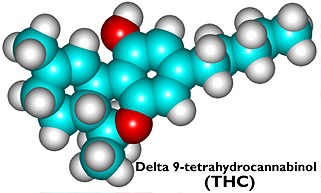
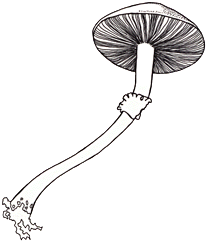 For
thousands of years, less developed cultures have been experimenting with
psychedelic mushrooms. The people felt that by tripping, they could have
better contact with their deities.
For
thousands of years, less developed cultures have been experimenting with
psychedelic mushrooms. The people felt that by tripping, they could have
better contact with their deities.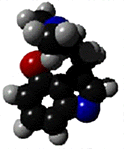 During the sixties, many people experimented
with mushrooms in addition to other, stronger psychedelics to help them
get a new perspective on their world.
During the sixties, many people experimented
with mushrooms in addition to other, stronger psychedelics to help them
get a new perspective on their world.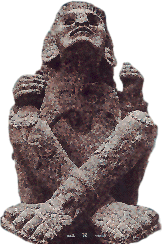 The famous Aztec statue of Xochipilli shows him to be in a psychedelic
state. It cannot be stated as a matter of fact what he is supposed to be
tripping on, but it is most likely mushrooms or a cactus psychedelic like
mescaline or peyote.
The famous Aztec statue of Xochipilli shows him to be in a psychedelic
state. It cannot be stated as a matter of fact what he is supposed to be
tripping on, but it is most likely mushrooms or a cactus psychedelic like
mescaline or peyote. Page URL: http://www.d.umn.edu /cla/faculty/tbacig/cst3010/drugs.html
Page URL: http://www.d.umn.edu /cla/faculty/tbacig/cst3010/drugs.html |
|
![[Free Speech Online]](ribbar.gif) |